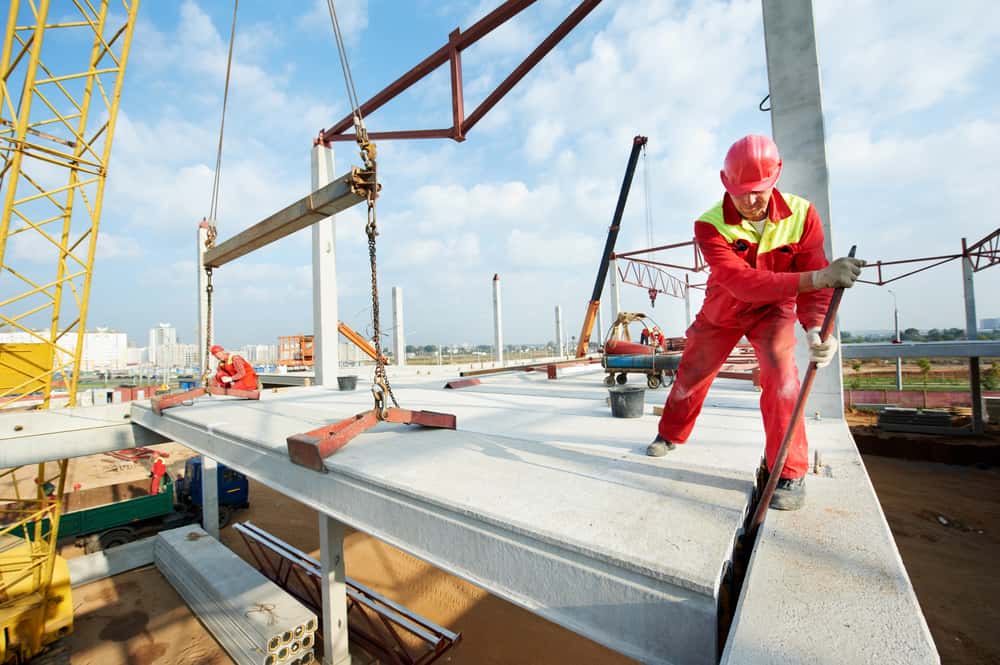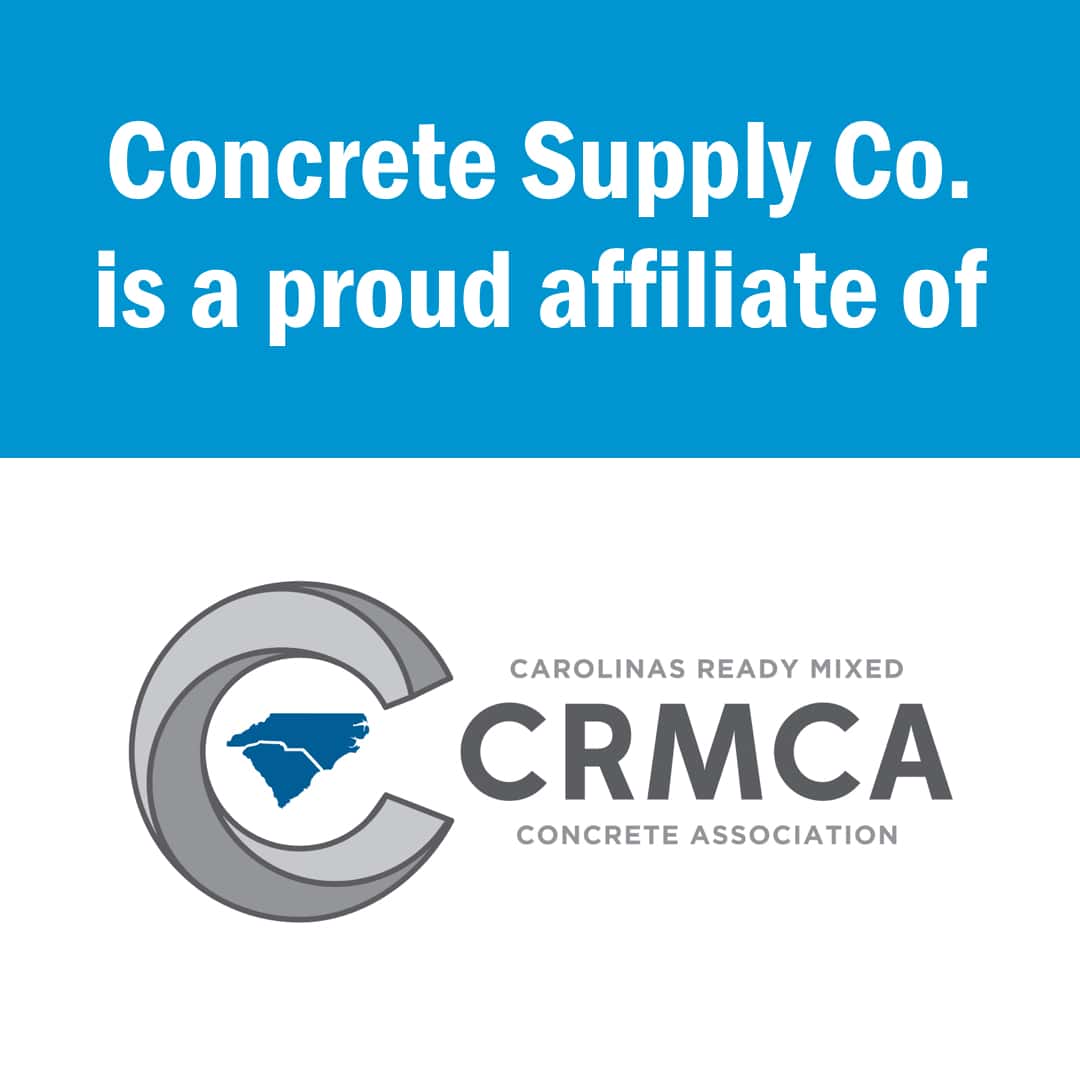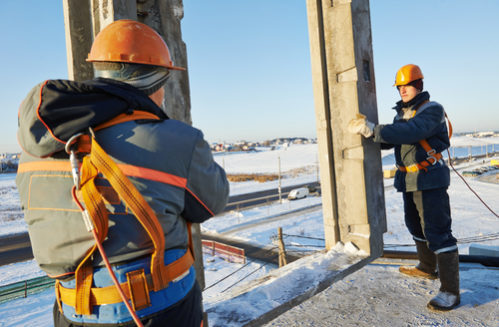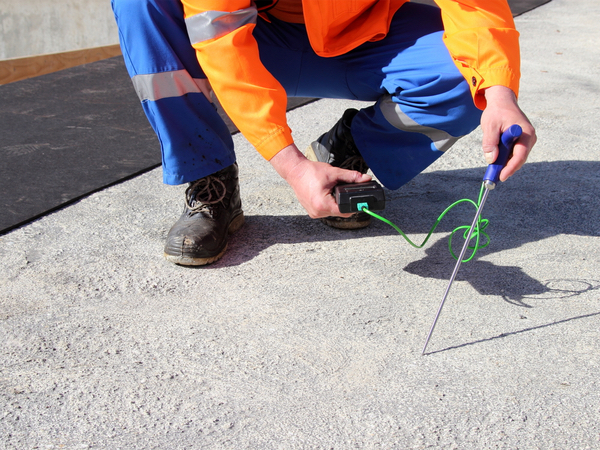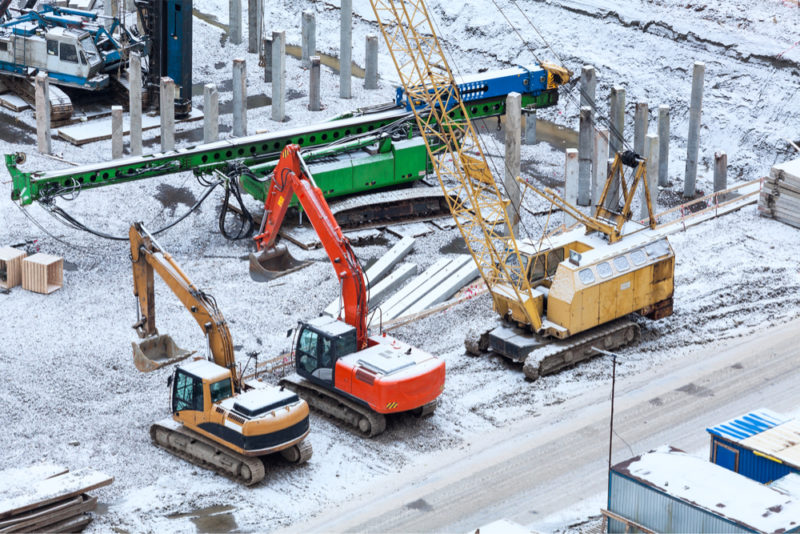Concrete vs. Asphalt: Roads, Parking Lots & Driveways
Concrete: Paving The Way For Your Future Projects
A few years ago, it would have been difficult to find a road, parking lot or driveway that was made with anything other than asphalt. Now, however, concrete road construction is becoming more popular.
Concrete has various benefits over asphalt including strength, durability and sustainability—just to name a few. Even with its list of benefits, concrete is still overlooked in favor of asphalt.
Why you may ask? It’s generally driven by a price difference perception.
Price should not be your sole deciding factor. When designed properly, concrete cannot only be more cost effective than asphalt in the long term, but an be competitive on first costs, also. There are a number of factors to consider when it comes to comparing concrete and asphalt.
When it comes to projects like roads, parking lots and driveways, concrete is worth the investment! Below, we compare the essential components of these building materials so you can decide for yourself what works best for your project. Our hope is that by the end of this blog, you are able to understand the undeniable benefits of concrete.
The Benefits Of Concrete Roads, Parking Lots and Driveways
Affordability
You know the saying, you get what you pay for? Well it’s actually quite true, especially when it comes to comparing asphalt and concrete. Asphalt is a less durable material, meaning more repair costs and higher levels of maintenance over time.
You’re all but guaranteed to get a longer lifespan out of concrete with significantly fewer repairs than other materials. This level of durability is simply unmatched, which makes you wonder why concrete doesn’t cost more than it does! The benefits always outweigh the costs—and taxpayers usually feel the same way.
Taxpayers want to know that their hard earned money is going to good use. After all, they’re the ones that own the roads! There’s nothing more frustrating than uneven asphalt and potholes, or getting stopped in traffic for road repairs. Taxpayers deserve a road that lasts, with less maintenance and repairs—they deserve concrete!
Longevity
On average, asphalt is thought to last between 20 and 25 years. Fact is most asphalt roads and pavements see major repairs in as early as 5-7 years after installation. Concrete, however, is capable of lasting much longer. To put things in perspective, original concrete roads were only speculated to last for 20 years. Not only did these roads hit their 20 year mark, but they are still going strong 30, 40 and even 50 years later!
This is due to the strength and durability of concrete. Unfortunately, it’s rare to find asphalt roads, parking lots or driveways that have outlasted their initial lifespan. With concrete, this is the standard! Concrete is built to last, which is especially important for these types of projects.
Taking into consideration travel, weather and the weight of cars and trucks, it makes sense to choose a material like concrete that can withstand the daily stress. Otherwise, you’re left with less durable materials that require regular repairs and as a result a shortened lifespan.
Durability
Heavy traffic and harsh weather punish our roads, parking lots and driveways everyday. But that’s to be expected! Which is why it’s crucial to choose a material that can withstand the frequent day-to-day activity.
Concrete and asphalt handle loading differently. Concrete has the ability to spread loads out over a large area making it more durable long term and minimizing the pressure on the subbase. Depending on the application and type of soil, concrete pavements may use less aggregate in the base than asphalt due to this characteristic.
Asphalt does not have the same ability to spread loads and thus create point loads that place high pressure on the subbase escalating the probable degradation of the subbase. This leads to earlier repair and maintenance of an asphalt pavement over a concrete pavement..
Sustainability
Concrete is highly sustainable and 100 percent recyclable. In fact, the Construction and Demolition Recycling Association reports that concrete is the most recycled construction material.
Concrete is environmentally friendly for a few reasons. First, its light color is highly reflective, allowing it to conserve the energy used from streetlights. Since concrete is a lighter color, it reflects the sun’s radiation rather than absorbing it like asphalt. Thus, concrete’s surface is cooler which helps buildings surrounded with concrete save on energy to cool the building. Asphalt absorbs solar radiation making it a hotter surface and areas around it warmer which is why you may find it warmer in urban settings. The space between the asphalt and tall buildings tends to trap heat. It’s common for an urban area to be 5 to 10 degrees higher than a nearby rural area.
Second, concrete is created with recyclable and natural materials such as aggregates, water and sand. It can also be produced by using slag, fly ash and carbon dioxide—all of which are recyclable materials.
Third, the durability of concrete makes it sustainable. Less repairs means less stop-and-go traffic, which reduce fuel consumption and air pollution.
Lastly, concrete doesn’t produce any toxic runoff, so it won’t threaten local waterways. Plus, concrete can be made permeable allowing water to pass through and replenish groundwater supplies as mother nature intended.
Customizability
The design capabilities of concrete are practically endless in comparison to asphalt. In addition to it’s clean, bright and inviting look, concrete can be stamped or placed into almost any pattern or shape. While customizations may not be as important for a roadway, you are able to add ornamental and custom touches to a parking lot or driveway.
This makes concrete stand out against other materials like asphalt. While asphalt can be colored or stamped, it doesn’t offer the same variety of options like concrete.
Concrete: The Ideal Choice For Roads, Parking Lots and Driveways
When it comes down to it, it’s easy to see that asphalt simply can’t compare! Concrete is affordable, long-lasting, durable, sustainable and customizable. It is the ideal construction material for every project, especially when it comes to roads, parking lots and driveways.
So when you need concrete, make sure you choose the right supplier. Here at Concrete Supply Co., we know a thing or two about the advantages of concrete because we’ve been working with it everyday for the past 60 years!
We understand the value concrete construction can bring to your project, and our team is here to meet all of your concrete needs! Take a look at our portfolio, or contact us to learn more about who we are, what we do and how we can help you.
Now that you know how concrete stands against asphalt, you may be wondering how it compares to other materials. Check out our blog, Durability Matters: Choosing Concrete Over Other Materials, to learn how concrete stacks up against building materials like wood and metal.



